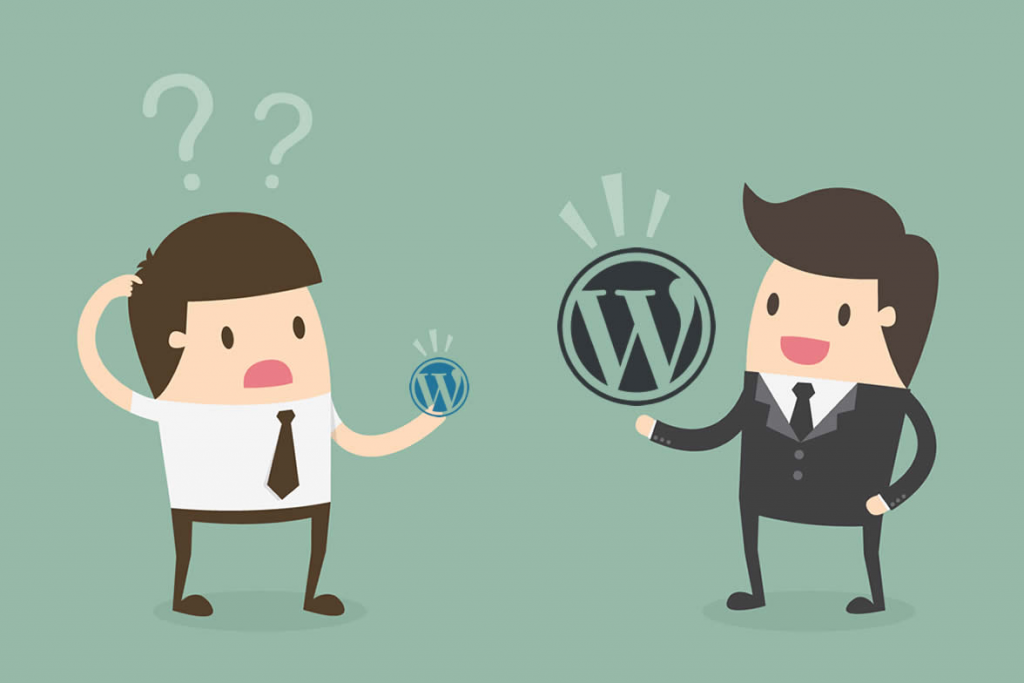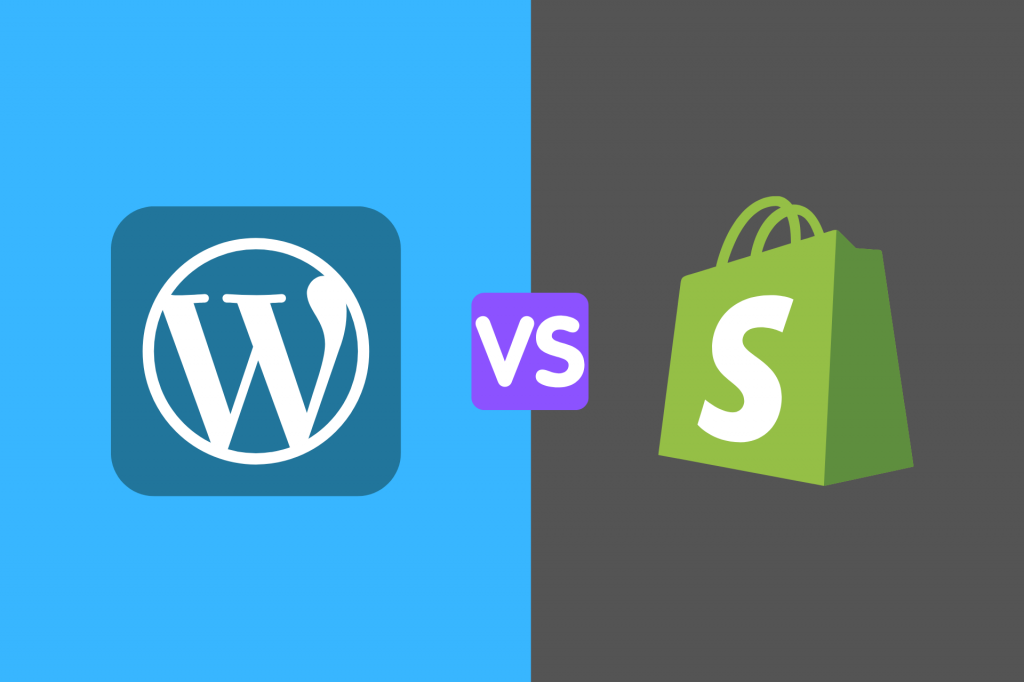
Are you comparing Webflow and WordPress, trying to determine which one is better suited for your needs?
Both Webflow and WordPress are popular website builders that offer easy website creation capabilities. However, they each come with their own advantages and disadvantages that you may want to consider before embarking on your next project.
In this article, we will conduct a comprehensive comparison of Webflow and WordPress, weighing their pros and cons to determine the superior choice.
Factors to Consider in a Website Platform
Prior to comparing Webflow and WordPress, let us first discuss the key factors you should consider when selecting a website builder for your project. These criteria will serve as the parameters for our Webflow vs WordPress comparison. By clicking on any of them, you can directly access the relevant section.
Overview: An introduction to WordPress and Webflow Ease of Use: The level of simplicity for beginners to grasp Costs: The financial implications of starting a website Design and Templates: Available options for web design Ecommerce: Support for online selling capabilities SEO: Ease of optimizing your website for search engines Addons & Integrations: Extensibility through third-party tools and addons Support: Prompt and accessible assistance when needed
Note: This comparison is between Webflow and self-hosted WordPress.org, not Webflow vs WordPress.com. For further information on the differences between self-hosted WordPress.org and WordPress.com, please refer to our comprehensive guide.
Overview – Webflow vs WordPress
Webflow and WordPress are both prominent website building platforms. WordPress, with over 17 years of existence, has gained immense popularity among developers, web designers, marketers, bloggers, and businesses.
Launched in 2013, Webflow has steadily attracted users over time. It provides a visually appealing and fully hosted alternative to WordPress, catering to designers and general users.
WordPress Overview
WordPress stands as the most widely used website builder and content management system globally, powering over 43% of all websites on the internet.
As free and open-source software, WordPress allows anyone to download and utilize it for blogging, business websites, online stores, and more.
To initiate a WordPress website, one needs a domain name and a web hosting account. Numerous excellent WordPress hosting providers, such as Hostinger and Bluehost, offer one-click WordPress installation and effortless setup.
Webflow Overview
Webflow presents an intuitive website builder equipped with visual web design tools for creating appealing websites.
As a hosted software, Webflow operates on a software-as-a-service model. They generate revenue through paid features, upgrades, and hosting services.
Users can create a Webflow account and connect it to their domain name. Alternatively, they can download their website and host it on any other hosting platform.
Having explored both platforms, let us now delve into a comparative analysis to determine their respective merits.
- Ease of Use
When starting a website, most users are not proficient in programming or coding. They require a user-friendly platform that eliminates the need to hire developers or learn HTML and CSS code.
Let’s assess the ease of use offered by Webflow and WordPress.
WordPress – Ease of Use
With over 43% of all websites on the internet utilizing WordPress, it has garnered millions of users worldwide, encompassing varying skill levels.
WordPress is relatively easy to use, although it does entail a slight learning curve. Beginners must acquaint themselves with WordPress terminologies and concepts, such as themes, plugins, the distinction between posts and pages, categories and tags, among others.
Adding content to a WordPress website is straightforward. It incorporates an intuitive visual editor known as the block editor, enabling users to create and customize pages using blocks. This allows for the creation of visually appealing layouts without the need for coding.
In case the default WordPress editor doesn’t suit preferences, there are numerous drag-and-drop page builders available as plugins. These page builders can be installed, with many offering free versions.
The screenshot below showcases a no-code design builder plugin for WordPress called SeedProd. It facilitates the creation of fully customized websites through simple drag and drop actions.
Users can commence their website development with pre-designed templates and modify them as needed, or start from scratch and design their own layouts.
WordPress provides access to thousands of free templates and over 60,000 plugins, eliminating the necessity of coding for a wide range of functionalities.
Webflow – Ease of Use
Webflow presents a clean and user-friendly backend dashboard for website management. It provides a visual interface for content creation, enabling users to write content and design layouts with a live preview.
Webflow offers a selection of templates that users can employ for their projects and customize using the visual editor. While the Webflow visual editor boasts numerous features, beginners may encounter some challenges initially navigating through them.
Modifying properties of elements is as simple as point-and-click interactions. Users can also add new elements using the “add new element” button located in the left panel.
Webflow primarily caters to designers and developers. Content publishers may find certain features, common in other CMS platforms like post types, categories and tags, discussions and comments, to be missing.
Winner – WordPress
Both Webflow and WordPress offer point-and-click editors along with ready-to-use templates and layouts.
Webflow’s default editor is relatively easier to use, but it still entails a learning curve similar to that of WordPress. However, WordPress possesses the advantage of extensibility, allowing users to replace the default editor with a page builder of their choice.
Webflow’s CMS capabilities are not as extensive as those of WordPress. It offers fewer options for adding tags and categories to content types, lacks a native comments feature, and design elements may hinder a straightforward writing experience. These factors make it slightly challenging for content publishers.
In conclusion, WordPress emerges as the winner in terms of ease of use, owing to its extensibility, vast array of templates and plugins, and comprehensive CMS functionalities, particularly for content publishers.
